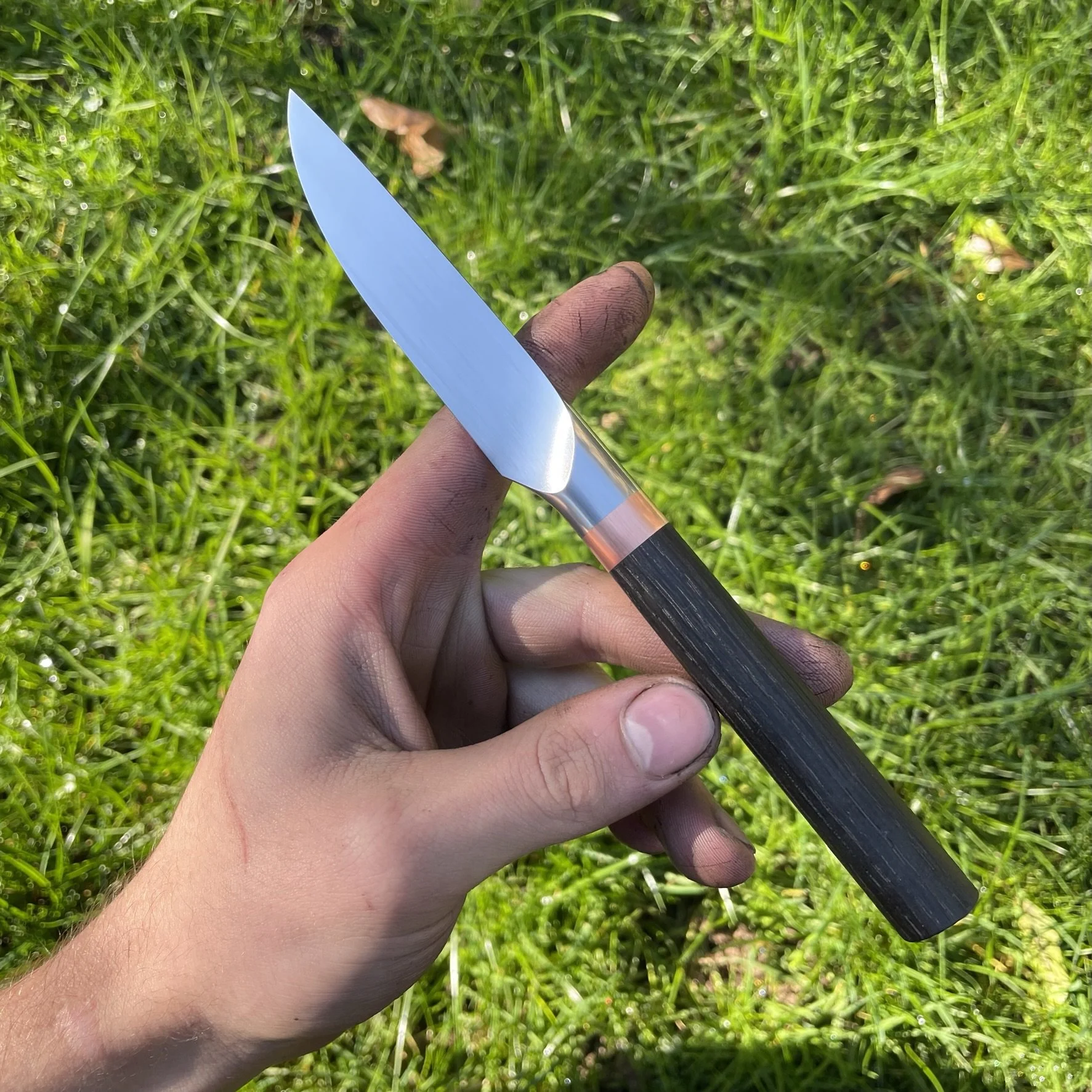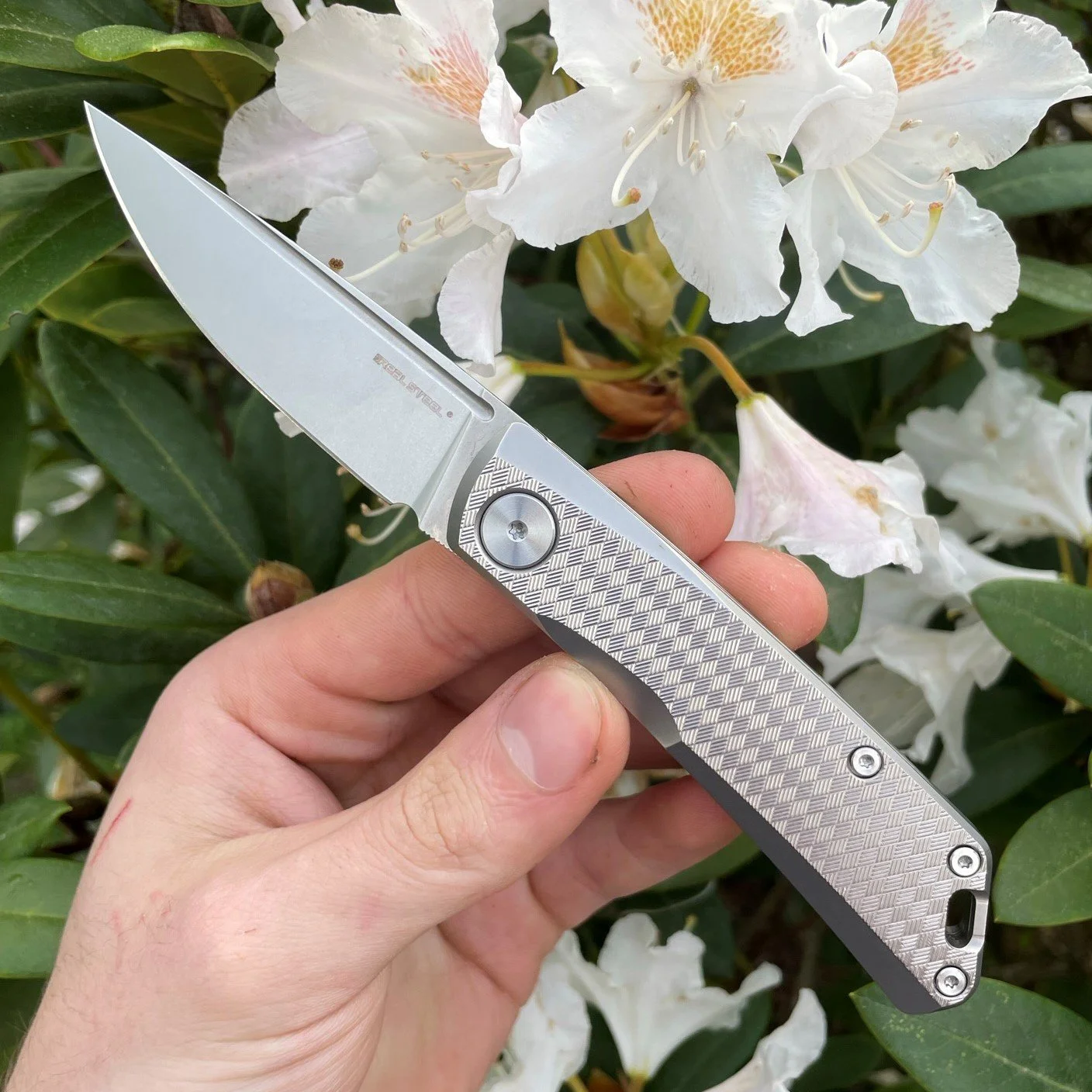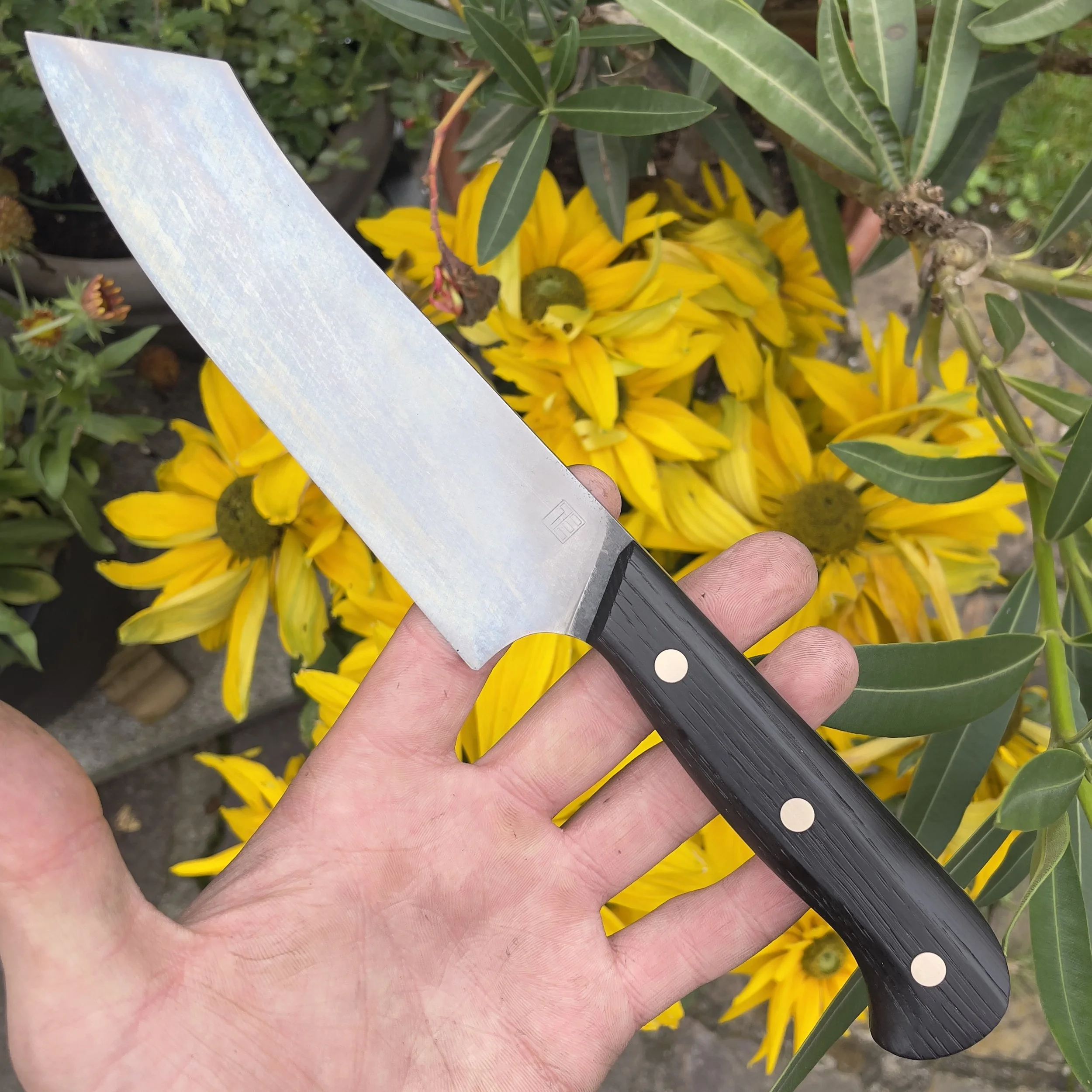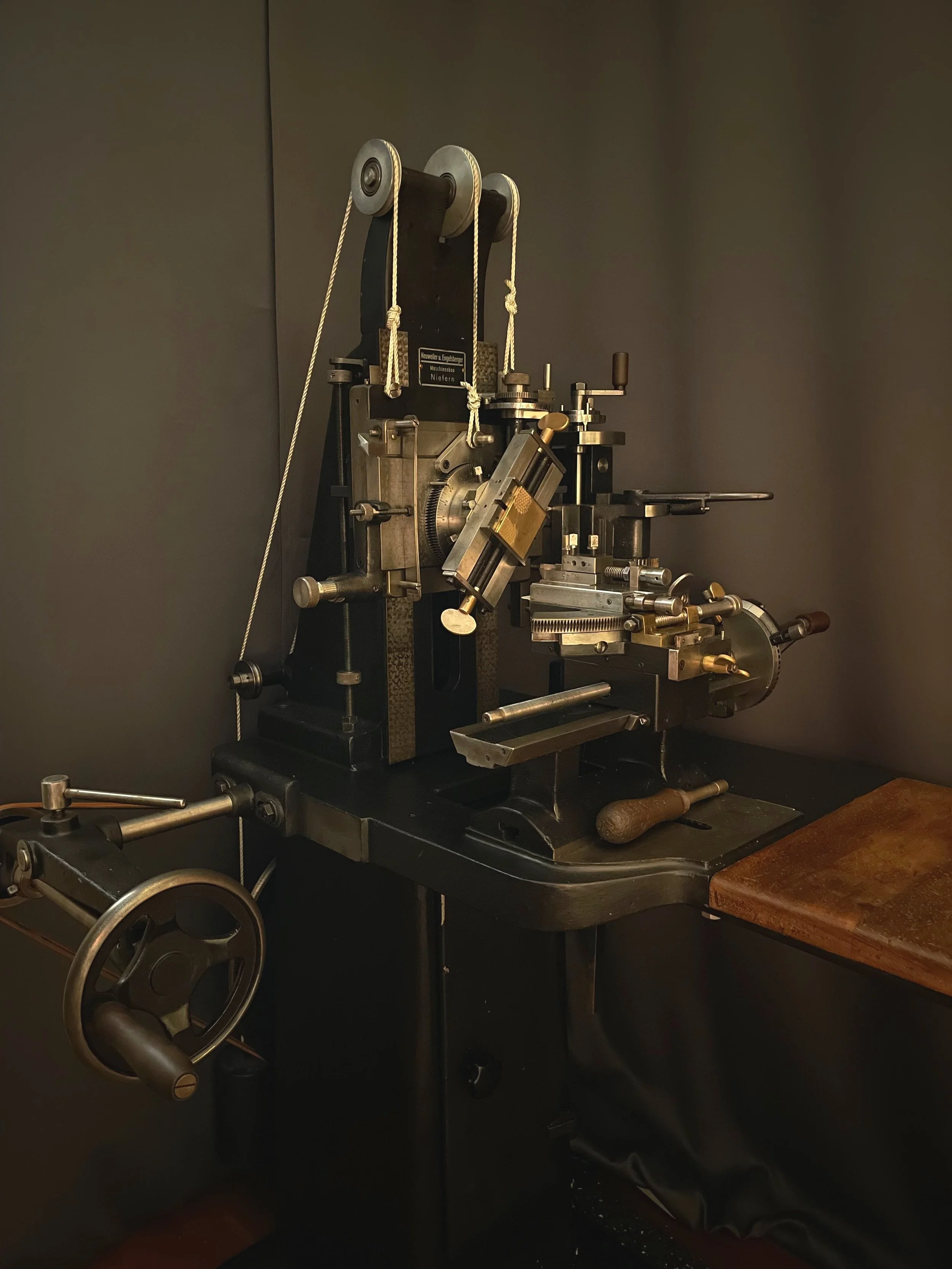
Emmer knives
Because details matter !









Recently I have been working a lot with a Technique called Guilloché but what is it ?
Guilloche is a decorative technique that involves engraving intricate, repetitive patterns onto a surface, typically metal. Its history dates back to the 16th century, but it gained prominence in the 18th and 19th centuries. The term "guilloché" comes from the French word "guilloche," which refers to the tool used for this engraving process. Initially, guilloché patterns were created by hand, which required immense skill and precision. However, the advent of the rose engine lathe and straight-line engine in the 18th century revolutionized the technique. These machines allowed for more complex and consistent patterns to be produced with greater efficiency.
Guilloché became particularly popular in watchmaking, jewelry, and fine metalwork. It was used to embellish watch dials, cases, and even the covers of books and luxury items. One of the most famous uses of guilloché is in the works of the Russian jeweler Peter Carl Fabergé, especially in his renowned Fabergé eggs. In the 19th and early 20th centuries, the technique was widely used in decorative arts and luxury goods across Europe.
In the mid-20th century, guilloché fell out of fashion as modernist design principles, which favored simplicity and minimalism, gained prominence. The intricate and ornate patterns of guilloché were seen as too elaborate for the sleek, streamlined aesthetics that defined the era. Mass production and new manufacturing techniques also shifted focus away from such labor-intensive crafts. Consequently, many of the specialized machines used for guilloché, such as rose engine lathes, were scrapped or fell into disrepair, making them exceedingly rare today. This scarcity means that few artisans have access to these machines, further contributing to the exclusivity and value of guilloché work.
Despite this decline in mainstream popularity, guilloché maintained a foothold in the realm of fine arts and high-end craftsmanship. Renowned artisans and luxury brands continued to value the precision and beauty of guilloché, using it in limited-edition watches, jewelry, and other exclusive items. This ensured that the technique did not disappear entirely, preserving its rich heritage and keeping it alive for connoisseurs and collectors who appreciate its timeless elegance and artistry.
get in touch
If you have any questions please feel free to contact me any time. Im always happy to answer your questions.

